|
Several years ago, I wrote an article about Jean-Luc Colombo Winery. Recently, I received two of their wines, which sparked a desire to revisit the winery and its story. Jean-Luc Colombo winery is located in the appellation of Cornas in the northern Rhône Valley, France. Cornas is the smallest appellation in the Rhône Valley, consisting of approximately 300 acres, and is dedicated to producing only red wine from the Syrah grape. The Mediterranean climate and decomposed granite soils contribute to the richness and character of these wines. In addition to producing wine from vineyards in the northern and southern Rhône Valley, Jean-Luc Colombo also produces wine from vineyards in Languedoc and Provence. As a child, Jean-Luc spent considerable time helping his mother in her restaurant in Marseille, where he was always surrounded by good food and wine. Growing up with a successful restaurateur, Jean-Luc developed a discerning palate for wine. With a passion for science, Jean-Luc received a pharmacy degree and combined his love of Syrah and science by creating a wine laboratory in 1984 with his wife Anne, Centre Oenologique des Cotes du Rhone. Jean-Luc quickly established himself as a wine consultant for wineries throughout the Rhône Valley, including many top domaines. The Colombo family purchased their first vineyard in the early 1980s, planted with old Syrah vines, overlooking the village of Cornas, and fulfilled Jean-Luc’s dream of becoming a winemaker and viticulturist. In 1987, he produced the first vintage of Cornas “Les Ruchets,” which became the flagship cuvée of the domain. Their daughter Laure is also passionate about wine. She received a Bachelor’s degree in Viticulture and Oenology in Bordeaux (and interned at Château Haut-Brion for one year). She followed it up with a Master’s degree in Oenology from the University of Montpellier. Laure also experimented with some vinifications in the southern hemisphere. At this point, she told her father and mother that she was ready, and she joined the family estate in 2010 as their winemaker. Bees are an integral part of the estate. The Colombo family began harvesting grapes and honey with their first vineyard, Les Ruchets, which translates to “the beehives” in French. In addition to time spent producing outstanding wines, the Colombo family also pours their hearts and souls into maintaining a safe haven and ensuring the longevity of the bee colonies. Through education, the elimination of harsh pesticides, and the planting of nutritious flora, the honey bees live in a fruitful and biodiverse landscape, contributing to the health of the grapes and terroir. Interesting facts: 1) Honey bees pollinate more than 90% of flowering crops – including many of the fruit and food items we eat – so they play a vital role in our food supply. 2) Honey bee colonies typically consist of only one queen bee, several hundred drones (male bees), and thousands of adult female worker bees. The colony also contains developing eggs, larvae, and pupae. Above photos of bee colonies and Laure are courtesy of the winery. Due to environmental factors, the Colombo family began to see a depletion in the honey bees’ local and global population, causing Colony Collapse Disorder. This disorder threatens bees’ crucial role in agriculture, as it causes adult bees to abandon their hives and fly off to die. The cause of this disorder is unknown, and it has spread to over half of the U.S. states, with similar reports in parts of Europe, Brazil, and Canada. So, the Colombo family, together with their U.S. importer, Taub Selections, united two great passions—winemaking and beekeeping—to develop the Bee Helpful Program. For every purchase of a bottle of Jean-Luc Colombo’s Les Abeilles (meaning The Bees in French) Côtes du Rhône white or red, a donation is made to the UC Davis Department of Entomology in support of their research to help restore healthy honey bee colonies. Jean-Luc said, “Living in the middle of the vineyards in Cornas, we have always made it a point to honor and preserve this environment and to work in harmony with nature. It is essential that vines, insects, and animals of all hairs and feathers coexist and thrive. For many years, “organic” methods have been applied to the vine, and Laure Colombo launched in 2012 the organic certification process for our estate (officially called ECOCERT in Europe), effective since the 2015 vintage.” Let’s taste some wine! Jean-Luc Colombo Côtes Du Rhône Blanc “Les Abeilles” 2022 This delightful wine is a blend of traditional white southern Rhône grapes, 80% Claudette, and 20% Roussane. The grapes are hand-picked and fermented in stainless steel tanks. The Claudette is aged in tanks, and the Roussanne matures in two to five-year-old oak barrels for six months. Nose: Floral, white stone fruit, citrus, apple, and a touch of minerality. Palate: Crisp and refreshing with notes of peach, pear, and sweet lemon on the finish. Alcohol: 13% SRP: $18.99 Pairing suggestions: Seafood, grilled chicken, quiche, and a summer pasta salad. Jean-Luc Colombo Côtes Du Rhône Rouge “Les Abeilles” 2021 AOC This wine is 60% Granache, 30% Syrah, and 10% Mourvèdre. The grapes are grown on 25-year-old vines in the AOC Côtes du Rhône appellation and hand-picked at harvest. Aging takes place in stainless steel tanks for ten months before bottling. Nose: Ripe red fruit, violets, purple plum, and a touch of licorice. Palate: Silky with notes of anise, dark berries, dark cherry, and a dollop of spice. Alcohol: 13% SRP: $18.99 Pairing suggestions: Jean-Luc Colombo says, “This wine is food-friendly and pairs with everything from roasted chicken, lamb, pork, charcuterie, to assorted cheeses – best enjoyed with a spoonful of honey.” Enjoy these wines while supporting the Bee Helpful Program. It’s a win-win situation! Until next time…
Cheers! Penina To leave a comment or if you have an inquiry, please contact me at [email protected] Whether celebrating Easter, Passover, or a “just because” moment, I have a few wines and recipes to grace your table and please your palate. Easter Jean-Luc Colombo Cornas “Terres Brûlées” 2018 Jean-Luc Colombo winery is located in the northern appellation of Cornas in the Rhône Valley, France. Cornas is the smallest appellation in the Rhône Valley, consisting of approximately 325 acres, and is dedicated to producing only red wine from the Syrah grape. The Mediterranean climate and decomposed granite soils contribute to the richness and character of these wines. Terres Brûlées means “burnt earth,” which refers to the long hot days balanced by the cool nights. Grapes for this 100% Syrah are hand-harvested from 30+ -year-old vines. The wine is aged 21 months in oak barrels (10% new, 90% one-to-five-year old barrels). Nose: Dark cherry, dark berries, plum, and baking spice. Palate: Rich with blackberry, plum, and black cherry, reminiscent of exotic jam. Notes of vanilla, cocoa, spice and a trace of minerality linger on a long finish. An exceptional wine! Alcohol: 14.5% SRP: $63.99 Pairings: Roasted white meat, game, lamb, seared tuna, and hearty stews. I was seven years old the first time I tasted lamb and after that I insisted that my mother make lamb chops for me at least once a week. Seven years later, our family was invited to a traditional Greek Easter meal where I feasted on leg of lamb for the first time. I was hooked! Roasted Leg Of Lamb With Vegetables (serves 8 to 10) The beauty of this recipe is that you can add any vegetables you like to the pan. My favorites are small potatoes, baby carrots, and onions. Ingredients: One 5 to 6 pound trimmed bone-in leg of lamb 4 to 5 garlic cloves minced One tablespoon of olive oil Chopped fresh parsley, thyme, rosemary (a tablespoon of each) One tablespoon of Dijon mustard Kosher salt and pepper to taste. Cut up veggies such as new potatoes, carrots, zucchini, and onions. Directions: Line a large roasting pan with aluminum foil and preheat the oven to 350℉. Pat lamb dry and using a sharp knife, score the top side of the lamb, making shallow cuts all over. Combine the rest of the ingredients in a small bowl. Place lamb fat side up on a rack in the prepared roasting pan. Spread the garlic mixture evenly over the lamb, making sure to rub it into the scored cuts. (I like to use my hands to rub the mixture into the lamb.) Add a small amount of dry white wine to the bottom of the pan, and then add cut-up vegetables of your choice. Place pan in preheated oven and roast until it reaches an internal temperature of 135℉ or until desired doneness. Occasionally baste the vegetables and add more liquid to the pan if necessary. Let rest 15 to 20 minutes before slicing. Note: Consult a chart for roasting time per pound to achieve doneness as to rare, medium-rare, etc. Passover Having sat through many family seders growing up, I endured the wine that was always served. It was a sickeningly sweet wine that managed to insult my palate even in my early youth. There had to be a better kosher wine! And over time, wine producers began making quality kosher wine. Alavida Malbec Organic and Kosher 2021 This 100% Argentine reserve-level Malbec is the latest release from Origins Organic Imports, owned by Anne Bousquet and her husband, Labid al Ameri. who also own Domaine Bousquet. They have been producing certified organic wines since 1997. This wine is USDA-certified organic and kosher, a first from Argentina. “Alavida” is a riff on “to life” in Spanish - itself a riff on the traditional Hebrew toast “L’chaim!”. Grapes for this wine are sourced from vineyards in the Andean foothills at 4000+ feet. 90% of the wine is aged in used oak and 10% in new oak. Nose: Dark cherry, dark berries, baking spice, earthy mushrooms, and floral. Palate: Aromas segue onto the palate with vibrant fruit, plum, smooth tannins, and a hint of fennel. Alcohol: 14.5% SRP: $19 Pairings: Charcuterie board, grilled or roasted meat, fowl, pasta, or veggie casseroles. Savory Passover Noodle Kugel (Serves 6 to 8) courtesy of 1,000 Jewish Recipes by Faye Levy This is a delicious kugel, unlike the sweet kugels you might be accustomed to. Ingredients: 8 oz. Passover noodles 4 to 5 tablespoons vegetable oil 2 large onions, chopped Salt and freshly ground pepper to taste 1 teaspoon paprika, plus a little more for sprinkling 2 large eggs, beaten Directions: Preheat the oven to 350℉. Cook noodles in a large pot of boiling salted water for about 3 minutes until almost tender. Drain, rinse with cold water, and then drain again. Transfer to a large bowl. Heat 3 to 4 tablespoons of oil in a large skillet over medium-low heat. Add onions and sauté for 15 minutes or until very tender and light brown. Add salt, pepper, one teaspoon paprika, and sauté for about 5 minutes or until well browned. Cool slightly. Stir onion mixture into noodles. Adjust seasoning; mixture should be seasoned generously. Add eggs and mix well. Oil a 2-quart baking dish and add noodle mixture. Sprinkle with the remaining tablespoon of oil, then dust with paprika. Bake uncovered for one hour or until set. Serve from the baking dish. Note: For a heartier kugel add sautéed mushrooms and/or broccoli. Just Because! Saget La Perrière Blanc Fumé De Pouilly 2018 Saget La Perrière is a family-run company located in the Loire Valley, France. With 890 acres of vines in the finest appellations and six estates, it carries on the tradition of nine generations dedicated to producing the best wines. More commonly known as “Pouilly Fumé,” the “Blanc Fumé de Pouilly” appellation is the original name of this 100% Sauvignon Blanc wine. Its classification is one of the oldest in France and goes back to 1937. The term “Blanc Fumé” (smoky white) refers to the thin smoke-colored layer covering the grapes at the time of harvest and the unique aromas of gunflint famous in the wines of Pouilly sur Loire. This wine is aged on fine lees for six months, then bottled and aged for six to eight months in the cellar. Nose: Floral, citrus, minerality, and a hint of herbal. Palate: Floral notes continue with ripe fruit, grapefruit, flint, minerality, and lemon zest on the finish. It is fresh and lively! Alcohol: 13% SRP: $34.99 Pairings: Enjoy as an aperitif or serve with seafood, grilled chicken, goat cheese, or light appetizers. Scallops with Cannellini Bean Purée (serves two) Double or triple the recipe to make more servings. This recipe is done in three stages but is worth the time and effort.
1) Bean Purée Ingredients: 1/2 cup canned cannellini beans, rinsed and well-drained. 1 teaspoon unsalted butter Salt and freshly ground pepper to taste. Directions: Place drained beans and butter into a food processor fitted with a metal blade and process until smooth. Season with salt and pepper to taste, and process again for 30 seconds. 2) Coulis Ingredients: 1 red bell pepper, seeded and diced 1 tablespoon olive oil 1 clove garlic, finely chopped (about 1/2 teaspoon) Salt and freshly ground pepper to taste Directions: Combine diced pepper, olive oil, garlic, and a pinch of salt and pepper in a food processor. Blend until liquefied. 3) Scallops Ingredients: 2 tablespoons coriander 2 tablespoons mustard seed 2 tablespoons black peppercorns 2 tablespoons pink peppercorns 2 tablespoons olive oil 4 dry sea scallops 1/2 cup of baby greens Directions: Preheat the oven to 400℉ Combine all spices in a spice or coffee grinder and grind to a powder. Pour into a shallow bowl. Heat olive oil in a nonstick ovenproof skillet over high heat until it sizzles. Dip both sides of the scallops in the spice blend and place them into the skillet in a single layer. Sear for about 3 minutes per side or until golden brown. Transfer the skillet to the oven and heat for 5 minutes. Divide and scoop the white bean puree into the center of each dish, and arrange two scallops on top of each mound. Drizzle with red pepper coulis and garnish each plate with greens. Of course, one can enjoy these wines and recipes all year round! Until next time… Cheers and bon appétit! Penina To leave a comment or if you have an inquiry, please contact me at [email protected] It doesn’t matter what time of year it is when it comes to sipping rosé wines. But, a chilled glass of rosé in hand during the warmer months is quite divine! The spring and summer seasons always bring stunning blooms bursting with an array of colors and seductive fragrances. Not to be outdone by mother nature, rosé wines are made in various styles, enticing aroma and alluring shades of pink. And the bottles tend to be beautiful as well. With so many choices on the market, one might be inclined to start a rosé garden! In its simplest terms, wine gets its color from the skin of grapes, and there are several methods of achieving this with rosé wine. Limited Skin Maceration Rosé wine is produced from red grapes with limited skin contact during maceration. After harvest, the grapes are crushed, and the juice is allowed time on the skins, which could be just a few hours or up to a week. The less time spent on the skins, the lighter the color of the wine will be. The longer the maceration, the darker and more flavorful the rosé will tend to be. After maceration, the juice is drawn off, and fermentation of the wine begins. Direct Press With this method, the grapes are pressed to remove the skins (such as with white wines), and juice is immediately drawn off, only allowing the juice to contact the skins for a very short time. This process produces some of the lightest-hued rosés. Winemakers often use this method for darker-skinned grapes. Saignée Method This method is also referred to as the “bleeding” method. It was originally a method used to make concentrated red wines. With this technique, red wines are vinified using a standard process, but in the early stages of maceration, the winemaker will “bleed” some of the red wine juice from the tank and then vinify it separately as a rosé. Saignée rosés are richer, darker, and more flavorful. Some winemakers like to age their Saignée rosés in oak barrels. The variety of grapes used, the regions, production techniques, and harvest year all play a significant role in these wines’ style, color, and flavor. Rosé wines can range from delicate to rich, extra-dry to sweet, simple tank fermentation to barrel-fermented, and runs the spectrum of diverse flavors such as light citrus to deeper, fruitier wines. For many consumers, buying rosé wine is motivated by the “pink” wine in a pretty bottle that complements the care-free months of warm weather. For others, it is the country, region, style, and grape variety that influences their purchase. Here are a few pretty shades of pink in both still and sparkling style that I hope inspire you to start your rosé garden! Still Rosés France Château Puech-Haut Tête de Bélier Rosé AOP Languedoc 2019 The grape blend for this rosé is 99% Mourvédre and 1% Grenache, sourced from Languedoc-Saint Drezery vineyards. Aroma: Citrus, strawberry, floral, and a touch of minerality Palate: Lovely layers of fresh berries, notes of exotic fruit, citrus, and spice. A complex wine with a generous mouthfeel and long finish. Alcohol: 14.1% SRP: $34 Jean-Luc Colombo Cape Bleue Rosé 2020 This is a blend of 67% Syrah and 33% Mourvédre. Grapes are sourced from vineyards in the hills above the bay of Marseille, next to Provence. The saignée method is used, and then the wine juice is fermented in stainless steel tanks for three weeks. Aroma: Rose petals, raspberry, white stone fruit, and watermelon Palate: Crisp and refreshing with notes of raspberry, peach, minerality, and a touch of sour cherry. Alcohol: 12.5% SRP: $14.99 Côté Mas Aurore Rosé Pays d’Oc IGP 2020 Domaines Paul Mas is located in Languedoc, where 20% of the estate vineyards are farmed organically, with the rest farmed using sustainable practices. This rosé is a blend of 50% Grenache, 30% Cinsault 10% Syrah, and 10% Vermentino. The bottle is very eye-catching with its colorful label! Aroma: Floral, strawberry, cherry, and a hint of melon Palate: Ripe red fruit with lush berries and nice acidity with a mineral edge on the finish. Alcohol: 14.2% SRP: $13.99 Spain Inazio Urruzola Getariako Txakolina Rosé DO 2019 This estate is located in the heart of Basque country. The wine is a blend of two indigenous grapes, 50% Hondarr Abi Zuri and 50% Hondarr Abi Beltza. Aroma: Floral, fresh berries, and green apple Palate: Juicy fruit, berries, ruby grapefruit, Vibrant acidity balanced with minerality. Quite refreshing. Alcohol: 10.5% SRP: $20 Italy Bertani Bertarose IGT 2020 The historic Bertani winery is located in the Veneto region of Italy. This rosé is made with 75% Molinaro and 25% Merlot. Grapes are sourced from hillside vineyards above Lake Garda. Grapes are vinified separately, with only the Molinaro having skin contact. The blend is then aged in stainless steel tanks for about three months on the lees. Aroma: Floral, red and dark fruit, pomegranate, and grapefruit. Palate: White flowers, ruby grapefruit, strawberry, and a hint of cherry. Lovely balance between acidity and salinity. Alcohol: 12% SRP: $19.99 Planeta Sicilia DOC Rosé 2020 Planeta has vineyard locations in five territories spread throughout Sicily with six boutique wineries. The grapes for this rosé were sourced from Dispensa Estate in Menfi (western Sicily) and is a blend of 50% Nero d’Avola and 50% Syrah. Aroma: Floral, red berries, melon Palate: Berries, white stone fruit. A refreshing, dry wine with crisp acidity and hints of minerality and salinity. Alcohol: 12.5% SRP: $19.99 Austria Pratsch Niederösterreich Rosé 2020 This wine is made from 100% Zweigelt grapes sourced from organic vineyards in the Weinviertel region bordering Vienna. Aroma: Strawberry, hints of citrus Palate: A delicate and dry rosé with flavors of pear, strawberry, and juicy white stone fruit. Refreshing acidity and lemon zest on the finish Alcohol: 11.5% SRP: $13 Argentina Susana Balbo Signature Rosé 2020 Sourced from Valle de Uco in Mendoza, this rosé is a blend of 60% Malbec and 40% Pinot Noir. Grapes are fermented in stainless steel tanks for 20 days. Aroma: Ripe berries, cherry, citrus, and a hint of minerality Palate: Aromas continue onto the palate with notes of strawberry. Fresh, vibrant, and juicy. Alcohol: 13% SRP: $20 Sparkling Rosés Sparkling rosés are available in a variety of styles produced around the world. They are made in either the traditional method, where the second fermentation takes place in the bottle, or the tank (Charmat) method, where the second fermentation occurs in a steel tank. Sparkling wines go by different names depending on country/region/appellation of origin, such as: Champagne and Crémant – France Sekt – Germany Cava – Spain Prosecco – Italy Crémant De Bourgogne Rosé NV Brut AOC This wine is produced by Prosper Maufoux, located in the south of the Côte de Beaune in Burgundy, France. It is a blend of Pinot Noir, Chardonnay, and Gamay, made in the Traditional Method. Aroma: Ripe red fruit, berries Palate: Crisp and light, soft citrus notes, strawberry, raspberry. Fine bubbles. Alcohol: 12% SRP: $19 Santa Julia Argentina Brut Rosé NV This wine is 100% Pinot Noir. Grapes are sourced from Tupungato vineyards in Mendoza. The direct press was used and wine produced using the Charmat method. Aroma: Nice strawberry and raspberry notes. Palate: Crisp and lively with light notes of fresh berries and pomegranate. Creamy, with a touch of yeast and nice acidity. Alcohol: 12.5% SRP: $13 Prosecco Rosé As of January 1, 2021, the Denomination di Origins Controllata (DOC) consortium gave its final stamp of approval for making Prosecco Rosé, setting these wines apart from other pink sparkling wines made in Italy. The grapes for Prosecco Rosé must be sourced from a specific geographic area that has passed the Italian Government’s quality requirements. Only Glera grapes (85 -90%) and Pinot Noir (10-15 %) are allowed. The DOC guidelines also require that Prosecco Rosé be fermented for at least 60 days in stainless steel tanks. Also, they must be vintage-dated and labeled Prosecco DOC. These sparkling wines range in style from very dry to slightly sweet. If you are a fan of Prosecco, then you will enjoy these sparkling rosé wines. Gran Passione Prosecco DOC Rosé Millesimato 2019 Extra Dry
It is produced by Botter, located in the Veneto region. 85% Glera, 15% Pinot Noir Wine is made using the Charmat method. After bottling, it is cellared for two years. Aroma: Floral, red berries, and cherry Palate: Fresh and crisp, with notes of pear, citrus, honey crisp apples, and strawberry. Fine perlage. Alcohol: 11% SRP: $13 Il Fresco Prosecco DOC Rosé Millesimato 2020 Villa Sandi produces it. The grapes for this wine come from Treviso, the heart of Prosecco. Wine is made using the Charmat method. Aroma: Floral, berries, apple Palate: Fresh, light, and dry. Red berries, sweet apple, pomegranate, citrus, and a touch of floral. Creamy mouthfeel and fine bubbles. Alcohol: 11% SRP: $17 Riondo Prosecco Rosé DOC Millesimato 2020 Extra Dry This wine is produced by Collis-Riondo, located in the Veneto region. It is a blend of 90% Glera and 10% Pinot Noir. Aroma: Floral, cherry, fresh berries, and apple Palate: Dry and lively with juicy notes of raspberry, peach, cherry, and sweet apple. Creamy mouthfeel and fine bubbles. Alcohol: 11% SRP: $14.99 All of the above wines will drink beautifully as an aperitif or pair nicely with light appetizers, seafood, salads, grilled chicken, Asian and Mediterranean dishes, and desserts. A big thank you to Winesellers, LTD, Folio Fine Wine Partners, and Taub Family Selections for their generous contribution to my rosé garden. Until next time... Cheers! Penina This story was originally published on Santé Magazine. To leave a comment or if you have an inquiry, please contact me at [email protected] Blame it on the snow and frigid temperatures, but I’ve been popping the cork on many delicious red wine wines of late. As you may know from past posts, I enjoy white, rosé, and sparkling wine all year round. However, this winter, I’ve been indulging my palate with some very expressive red wines. Here are eight reviews of red wines that will surely have your palate singing! Australia McGuigan Wines, ‘The Plan’ Cabernet Sauvignon 2017 McGuigan Wines is a major wine producer in Australia. Their family roots date back to 1880 in Hunter Valley with Perc McGuigan, who set the standard for future generations. Grapes for this 100% Cabernet are sourced from top-quality vineyards in South Eastern Australia, including McLaren Vale, Langhorne Creek, and Barossa Valley. The fruit is harvested at night, and after fermentation, it is matured in stainless steel tanks and oak before final blending. Aromas of blackberry, cherry, chocolate, and hints of baking spice segue onto the palate with a hint of cranberry and herbs. This fruit-driven wine has refreshing acidity and firm tannins with hints of warm toasted oak. It is a steal at this price! Serve with roasts, grilled tuna, and dark chocolate desserts. Alcohol: 13.5% SRP: $10.99 Italy Bertani Valpolicella DOC 2018 Bertani has been producing wine for over 150 years and has an impressive 200 hectares of vineyards in the most ideal areas of Verona province in the Veneto region, which is famous worldwide for wines such as Valpolicella, Soave, and Amarone. This wine is a blend of 80% Corvina Veronese and 20% Rondinella. Grapes are harvested from the heart of the Valpolicella Classico area and the Valpantena vineyards near the municipality of Grezzana. The wine is aged for eight months in concrete vats covered with glass bricks to allow slow and gradual aging. It is then further aged for a minimum of three months in the bottle. Aromas of plum, sour cherry, red berries, pepper, and baking spice continue onto the palate. This wine has nice acidity and a good balance between juicy fruity and savory. Sour cherry and raspberry linger on the finish. Pair with hearty stews, braised meat, pasta, and semi-aged cheese. Alcohol: 12% SRP: $16.49 Spain Bela, Ribera del Duero DO 2017 One of Rioja’s most iconic wine producers, CVNE (pronounced coo-nay), is an acronym for Compania Vinicola del Norte des Espana. CVNE has expanded its territory to include a 182-acre estate in Ribera del Duero in northern Spain with the focus of bringing their Rioja elegance to the rugged Ribera del Duero region. Grapes for this 100% Tempranillo are sourced from Ribera del Duero region. The climate here leans toward continental with a complexity of soils throughout the region. This wine is aged for six months in American and French, new and one-year-old oak barrels. Intense aromas of dark fruit, floral, baking spice, and a touch of earth set the stage for this terroir-driven wine. The palate is layered with dark berries, dark cherry, plum, spice, anise, and a hint of minerality. Vanilla and pepper linger on a long finish. This is a graceful wine with soft tannins and brimming with character. It is an easy wine to pair with a wide range of cuisine. Alcohol: 14% SRP: $19 Portugal Esporão Reserva Red 2016 Alentejo wine region is situated in the southern half of Portugal and covers one-third of the country. It is one of Portugal’s largest wine production areas. Herdade Do Esporão, whose history dates back over 750 years ago, first introduced this wine in 1985. It is a blend of Aragonez, Trincadeira, Cabernet Sauvignon, and Alicante Bouschet. Grapes are sourced from vineyards with soil of granite/schist origin and clay/loam structure. This wine is aged for 12 months in American oak (60%) and French oak (40%) barrels, and then an additional six months in the bottle. It begins with a rich bouquet of cherry, raspberry, blackberry, plum, and baking spice. The palate is entertained with lush dark fruit jam, spice, and a hint of plum. Smooth tannins and a long berry finish add to the richness of this wine. Pair with grilled or braised meat and game, stews, tapas, and codfish. Alcohol: 14.5% SRP: $24 Sicily Donnafugata Sherazade Sicilia DOC 2018 The Rallo family owns the iconic Donnafugata, and their family history of winemaking dates back to 1851. They have several wineries and over 405 hectares of vineyards located throughout Sicily, including historic aging cellars at their Marsala winery. Nero d’Avola is an indigenous grape that is considered Sicily’s most important red wine grape. Sherazade is 100% Nero d’Avola and the grapes are sourced from Donnafugata’s Contessa Entellina Estate and nearby vineyards, which are located in the southwestern part of Sicily. The wine is aged for about four months in tanks and then a minimum of three months in the bottle. Delectable aromas of violets, red fruit, and spice open to a lovely palate of cherry, plum, berries, and spice. Well-balanced tannins and acid add to the character of this fresh and lively wine, along with a touch of pepper and tartness on a long finish. Serve with mature cheese, pasta and red sauce, seared tuna, and calamari. Alcohol: 13% SRP: $25 California Au Contraire Pinot Noir, Sonoma Coast 2019 Sonoma County’s Au Contraire winery was inspired by Taub Family vineyards company founder, David S. Taub. The grapes for this Pinot Noir are sourced from top Sonoma Coast vineyards, from Sebastopol to the Fort Ross Seaview AVA. Although these are warmer vineyard sites, they sit above the fog line generating a cool-climate style Pinot Noir with highly concentrated fruit flavors. The wine is aged for 12 months in French oak barrels, 35% new. Juicy aromas of cherry, red berries, plum, and a hint of floral segue onto the palate with strawberry and cherry leading the parade of flavors. This is a silky wine with lots of ripe fruit and bright acidity. Serve with roasted meat, fowl, spicy Asian cuisine, and soft cheese. Alcohol: 14.2% SRP: $26.99 Argentina Bodegas Salentein Numina Gran Corte 2016 Bodegas Salentein is located in the Uco Valley of Mendoza, Argentina. Many of their vineyards are situated at some of the highest elevations in the world. This privately-owned estate was established in the late 1990s and boasts almost 5000 acres, of which 1,124 acres are planted to vine. The Numina Gran Corte is a blend of 61% Malbec, 21% Cabernet Sauvignon, 8% Merlot, 7% Petit Verdot, and 3% Cabernet Franc. Grapes are hand-harvested from small selected plots. Fermentation takes place in 7000-liter oak casks and then aged for 16 months in French oak barrels. This wine opens with subtle violet aromas, plum, dark berries, spice, and a trace of vanilla. The palate offers a fresh and elegant layering of blackberry, raspberry, plum, baking spice, and a touch of earth. This is a beautifully integrated blend with a silky mouthfeel and a long finish. Pair with grilled meat, seared tuna, hearty stews, and casseroles. Alcohol: 13.5% SRP: $40.99 France Jean-Luc Colombo Cornas “Terres Brûlées” 2018 Jean-Luc Colombo winery is located in the northern appellation of Cornas in the Rhône Valley, France. Cornas is the smallest appellation in the Rhône Valley, consisting of approximately 325 acres, and is dedicated to producing only red wine from the Syrah grape. The Mediterranean climate and decomposed granite soils contribute to the richness and character of these wines. Terres Brûlées means “burnt earth”, which refers to the long hot days here that are balanced by the cool nights. Grapes are hand-harvested from 30+ -year-old vines. The wine is aged for 21 months in oak barrels (10% new, 90% one-to-five-year old barrels). This 100% Syrah wine has enticing aromas of dark cherry, dark berries, dark plum, spice, and hints of baking spice. The palate is rich with blackberry, plum, and black cherry, reminiscent of exotic jam. Notes of vanilla, cocoa, spice, and a trace of minerality linger on a long finish. A truly noteworthy wine! Pair with white meat, game, seared tuna, and hearty stews.
Alcohol: 14.5% SRP: $63.99 No matter what time of year,, these wines will pair beautifully with any season! Until next time… Cheers! Penina To leave a comment or if you have an inquiry, please contact me at [email protected] Over the last few years I have had the pleasure of meeting many dynamic women in the wine industry from around the world. These women hold positions that range from winemakers and winery owners to operations management, business development, marketing and financial planning. They are a rarity in an industry that has been notoriously dominated by men. Happily, the landscape is changing and more women globally are rising to the occasion and making their presence known in the wine world. I was recently invited by Bethany Burke of Taub Family Selections to join a panel discussion and virtual tasting on Zoom, focusing on “The Next Generation of Women In Wine”. Dr. Laura Catena of Bodegas Catena Zapata & Bodegas CARO in Mendoza, Argentina moderated this lively discussion. She was joined by panelists Anne Trimbach, of Trimbach in Alsace, France, Laure Colombo, of Vins Jean-Luc Colombo in Cornas, Rhone Valley, France and Alessia Collauto Travaglini of Travaglini in Gattinara, Piemonte, Italy. These accomplished and talented women were all born into multi-generation family-owned wineries, but their backgrounds and the paths they took before joining the family business are diverse. However, they all share the experience “as women” of assuming an important position and role in their family wineries. Here is an introduction to these amazing women. Also, each panelist selected a wine representative of her family’s estate for us to taste. Dr. Laura Catena Proprietor, Bodegas CARO Mendoza, Argentina Laura is a fourth-generation Argentine vintner, born in Mendoza, Argentina. Her great-grandfather founded the Catena Winery in 1902 after emigrating from Italy. In addition to being the proprietor of Bodegas CARO, Laura is currently managing director of Bodega Catena Zapata. Her path to becoming a vintner in her family’s winery was quite circuitous. Laura graduated magna cum laude from Harvard in 1988 and then earned a medical degree from Stanford University. It wasn’t until 1995 that she joined her father, Nicolas Catena Zapata, in the winery as a winemaker. In addition to authoring two books, Laura splits her time between Mendoza and San Francisco where she practices Emergency Medicine. One of Laura’s many passions is to learn more about high altitude viticulture, the vineyard soil microbiome and wine ageability. In the struggle for female equality in the wine business, Laura said, “There is no male equality either.” As she has witnessed in her winery, “If a man says he needs to go home because his child is ill or he has to make dinner, the boss will respond with ‘Where’s your wife?’ If a woman asks the same thing, it is accepted. There is such a long road still ahead for both women and men. But we are coming from a place of progress and I’m very excited about the future.” Bodegas CARO, CARO 2017 To learn about the collaboration between the Catena family and Domaines Barons de Rothschild that birthed CARO, please read my previous story. Two Cultures + Two Estates = Elegant Wines http://thewineknitter.com/1/post/2020/01/two-cultures-two-estates-elegant-wines.html This wine is a blend of 74% Malbec and 26% Cabernet Sauvignon. The Malbec softens the Cabernet Sauvignon, which is a little bitter. Grapes are selected and hand-harvested from the best blocks of the high altitude vineyards of Mendoza. The wine is aged for 18 months in French oak barrels from Lafite’s cooperage. Aromas of rich red fruit, berries, baking spice and violet segue onto the palate with dark cherry, black raspberry and a hint of dark chocolate on a long finish. Smooth tannins and refreshing acidity are beautifully balanced. Alcohol: 14% SRP: $70.99 Anne Trimbach, Export Manager for Trimbach Alsace, France Anne is the 13th generation and the first woman to “be on the scene” in her family’s winery situated in Alsace, France. Anne grew up in the winery and knew from an early age that she would work there. Her great uncle expressed doubts about her getting into the business. He said, “Oh really, you want to work with us? But you are a woman and how will you manage this? One day you’ll want to have babies.” Anne expressed in relating this story, “I had to prove I was able to.” Her journey involved studying economics in Strasbourg, then spending three years in Dijon. She completed her master’s degree in Burgundy and then interned with a beverage distributor. Anne moved back to Alsace in 2008 and began to formally work as a export manager and Trimbach ambassador. Anne also introduced and developed a presence on social media for the winery. She said, “ The world of wine is about sharing and catching the eye of people. We share our passion for wine and people through videos.” Trimbach “Réserve” Riesling 2017 This is 100% Riesling. Grapes for the Réserve are sourced from old vineyards in Ribeauvillé and surrounding villages with vines 45 to 50 years old. Due to the complexity of the terroir here, some of the finest wines are produced. Anne noted that because of climate change “we are seeing early harvests due to temperatures rising.” Beautiful aromas of floral, peach, grapefruit and a hint of diesel set the stage for this classic. dry Riesling. The palate offers nectarine, green apple, lemon and minerality. This is a vibrant and fresh wine with good aging potential. Alcohol: 13% SRP: 34.99 Laure Colombo, Winemaker at Jean-Luc Colombo Rhône Valley, France Laure is second-generation and grew up in the small village of Cornas where the vineyards were her playground. Laure said, “I escaped the village and didn’t plan to work in wine, I just wanted to live in big cities. I was anxious to leave and travel.” And so she did. After studying commerce at the University of Lille, she traveled to Florida and worked at Disney World Epcot Food & Wine Festival. Laure also worked as a sommeliers assistant at Alain Ducasse’s restaurant in NYC and traveled to New Delhi, India to work with the Grover vineyard. And the list goes on! When she returned to France, Laure interned at Château Haut-Brion while studying for a bachelor’s degree in Viticulture and Oenology in Bordeaux. She then went on to receive her master’s degree in Oenology from the University of Montpellier. Laure said, “By traveling around the world, I learned my roots and I wanted to come back. I finally joined my family in 2010 and little by little I learned to work with the family.” She has been working alongside her parents ever since. For a glimpse and background of Laure’s parents and where she grew up, please click on the link below to read my story. A Hidden Treasure - The WineKnitter http://thewineknitter.com/1/post/2019/03/day-713-a-hidden-treasure.html Jean-Luc Colombo Saint-Peray AOC “La BelleDe Mai” 2018 This wine is a blend of 60% Roussanne and 40% Marsanne. Grapes are hand-harvested from a single vineyard of the oldest part of this small 10-hectare appellation. Laure said, “The grapes are co-planted, harvested and vinified together. The ratio changes from year to year, but normally one half to two-thirds of the Roussane is used in the blend.” Grapes are fermented in oak barrels and the wine is aged on the lees for six months. This is a rich and complex wine with enticing aromas of floral, pear and grapefruit. The palate offers honeysuckle, apricot, peach, a hint of vanilla and citrus zest on the finish. Creamy texture and fresh acidity sate the palate. Alcohol: 14.5% SRP: $29.99 Alessia Collauto, Travaglini Gattinara, Italy Alessia is the fifth-generation of the Travaglini wine family. “Fourth-generation, Cinzia Travaglini, now runs the estate, along with her husband Massimo Collauto, chief winemaker. Their efforts, like the generations before them, have made Travaglini one of Italy’s most recognizable wines and the #1 selling Gattinara in the world. Their children, Alessia and Carolina, are currently involved in the winery, and will be the next generation to run the estate.” Alessia has a degree in Economics and Business Management. She also received her Certificate of Sommelier in 2017. She spends time tending the vines at Travaglini, working in the cellar with her family and also participates in the administration, marketing, sales and promotion of their wines. Alessia stated, “My parents introduced me to the secrets of the vines and situations of everyday business and little by little transferred to my sister and me the passion for wine.” Alessia said that the experience of being a sommelier made her curious not only to open her mind and try the wines but she also said, “Most importantly it made me curious about the vinification of the wine and the stories behind the wine.” Travaglini Gattinara DOCG 2016 This wine is 100% Nebbiolo and is Travaglini’s flagship wine. The small appellation of Gattinara DOCG is known for its rare soil that produces grapes with a unique flavor profile, high acidity and tannins. Alessia said, “The complexity of this wine comes basically from the rocks. Although the wine is complex, it tastes very delicate on the palate.” The wine is aged for three years, two of which age in used Slavonian oak casks. The wine rests for three months in bottle Lovely aromas of rose petals, berries, fennel, baking spice and pepper prep the palate for a rich and inviting wine. Notes of rose, cherries, raspberry, cinnamon, earth and minerality tease the palate. I love the complexity of this wine in addition to its freshness and tannins that talk.
Alcohol: 13.5% SRP: $33.99 It was a pleasure and honor to be a part of this discussion and tasting. I loved their stories, anecdotes and, above all, the inspiration and path that they are creating for more women to enter the wine industry! Until next time… Cheers! Penina To leave a comment or if you have an inquiry, please contact me at [email protected] For most of us, traveling is not an option right now. So, for the last several months my wine glass and I have been “virtually” touring wine regions while sipping wine from the comfort of home. In early March and in anticipation of spring I reviewed six rosés, which hopefully you’ve had a chance to taste and enjoy. And now with the summer days upon us, it’s time for another review of seven more delectable rosés in a variety of styles from wine regions around the world. Jean-Luc Colombo Cape Bleue Rosé 2019 About one year ago I opened a bottle of 2004 Les Ruchets Cornas from Jean-Luc Colombo winery located in the northern appellation of Cornas in the Rhône Valley, France. It was a memorable bottle of wine and worthy of a review. So I was quite excited to taste this producer’s rosé. The wine is a blend of 67% Syrah and 33% Mourvèdre grapes sourced from the stony limestone vineyards located in the hills above the bay of Marseille, next to Provence. The vineyards enjoy the influence of the sea and sun with hot days and cool nights that are ideal conditions for grape growing. This soft pink blend has delicate aromas of rose petals, cherry and sweet melon. The palate offers notes of berries, cherry and peach with a hint of citrus and minerality. It is nicely balanced with fresh acidity. Enjoy as an aperitif or with appetizers, light salads or grilled fish. Alcohol: 12.5% SRP: $14.99 Valdo Floral Rosé Brut NV This wine is produced by the historic Valdo Spumanti winery that specializes in Prosecco and sparkling wines. It was founded in 1926 and is located in Valdobbiadene in the Treviso area of the Veneto. The grapes for this wine are sourced from some of my favorite areas in Italy, Veneto and Sicily. The wine is a blend of 75% Nerello Mascalese harvested from vineyards on the lower slopes of the Etna volcano in Sicily and 25% Glera (the grape varietal of Prosecco) harvested from vineyards in the Veneto. This wine is produced using the Charmat method followed by a minimum of two months in the bottle. This is a lively sparkling wine with aromas of rose petals, strawberry, raspberry and cherry that segue onto the palate with a fine perlage. A profusion of red berries dances on the palate with a soft and creamy texture. This sparkling wine is elegant and fun to drink. Alcohol: 11.5% SRP: $15.99 Leitz Pinot Noir Rosé Trocken 2018 This rosé is produced by Weingut Josef Leitz, which is located in the Rheingau wine region of Germany. They are considered one of the top growers and among the finest producers in Germany. This wine is made from 100% Pinot Noir sourced from the Johannisberg appellation in the Rheingau. This wine is very aromatic with lots of floral notes and fresh red fruit. It is deliciously bone dry with zingy acidity and a palate layered with cherry, cranberry, strawberry and a touch of minerality. This wine is refreshing and full of character. A perfect aperitif! Alcohol: 12% SRP: $17 Bertani Bertarose Rosé IGT 2019 The historic Bertani winery is located in the Veneto region of Italy and is famous for its production of Amarone. They are also known for their Bertarose, another historic Bertani wine that began production in the 1930s and has since been given a modern makeover. Made with 75% Molinaro and 25% Merlot, these grapes are sourced from hillside vineyards above Lake Garda on calcareous-clay soils. The grapes are vinified separately and then blended and aged in stainless steel tanks for about three months on the lees. Delectable aromas of floral, a mix of red and dark fruit and grapefruit set the stage for this fresh and well-balanced wine. The palate offers white flowers, pink grapefruit, strawberry, apricot and a hint of cherry. It is a perfect dance between acidity and salinity. Serve as an aperitif or pair with appetizers, grilled fish, white meat, vegetables, or light pasta. Alcohol: 12% SRP: $18.99 Saracina Skid Rosé 2019 Saracina winery is a 250-acre ranch located in Mendocino County in the Upper Russian River Valley of northern California. This wine is 100% Malbec harvested from the black clay and gravelly soils in sustainably farmed vineyards of the westernmost block of the Saracina Ranch. It is handcrafted with limited production. A bouquet of floral, red fruit and melon opens to a refreshing palate of strawberry rhubarb pie, red berries and a hint of spice. This is a delightfully dry and crisp wine. Enjoy as an aperitif or serve with light fare. Alcohol: 12.8% SRP: $19.99 Planeta Rosé Sicilia DOC 2019 Having tasted and enjoyed many Planeta wines, I was quite eager to try their rosé. Planeta has vineyard locations in five territories spread throughout Sicily from east to west with six boutique wineries. The grapes for this rosé were sourced from Dispensa Estate in Menfi (western Sicily) and is a blend of 50% Nero d’Avola and 50% Merlot. Delightful aromas of floral, berries and melon segue onto the palate with white stone fruit and a dash of tropical fruit. This is a refreshing and dry wine with crisp acidity and hints of minerality and salinity. Enjoy as an aperitif or with light fare. Alcohol: 12.55 SRP: $19.99 Pasqua “11 Minutes” Rosé Tre Venezie IGT 2019 Pasqua Vigneti é Cantine is located in Verona, Italy and has complete control over 741 acres of vineyards (1/3 is estate-owned) that spreads from Lake Garda to Soave. Many of Pasqua’s vineyards are located in Valpolicella Estesa. This wine is a masterful blend of 50% Corvina, 15% Syrah, 25% Trebbiano di Lugana and 10% Carmenere. And why is it called “11 minutes” rosé? After harvest, the grapes are gently pressed and with only 11 minutes of skin contact the most noteworthy qualities of the grapes are extracted and the color is obtained. It is a beautiful bottle with an unusual oval shape and an alluring photo of Lesbia. And this wine does not disappoint! Intoxicating aromas of floral, lush berries, spice and melon spill onto the palate with succulent berries, spice, racy acidity and minerality adding to the richness and elegance of this wine. Enjoy as an aperitif or with light fare.
Alcohol: 12.5% SRP: $20 These rosés are priced well and a pleasure to drink! To learn more about some of the above wineries, please click from the menu on the right-hand side of this page. Until next time… Cheers! Penina To leave a comment or if you have an inquiry, please contact me at [email protected] |
Categories
All
|

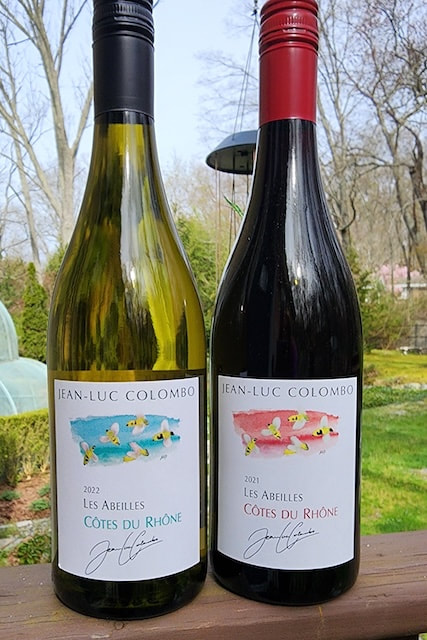
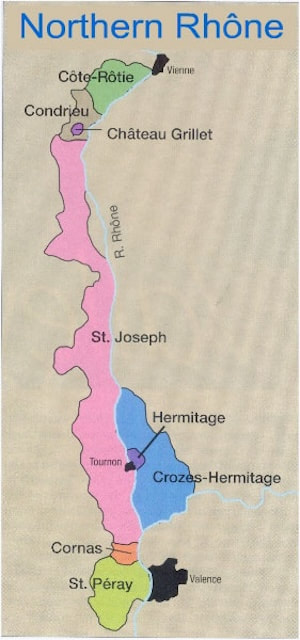
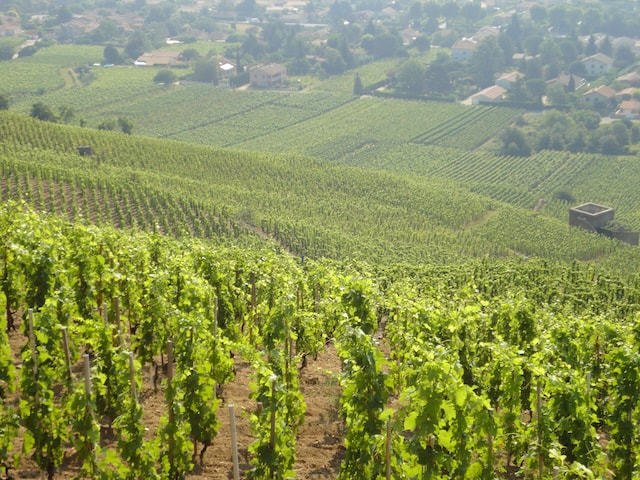
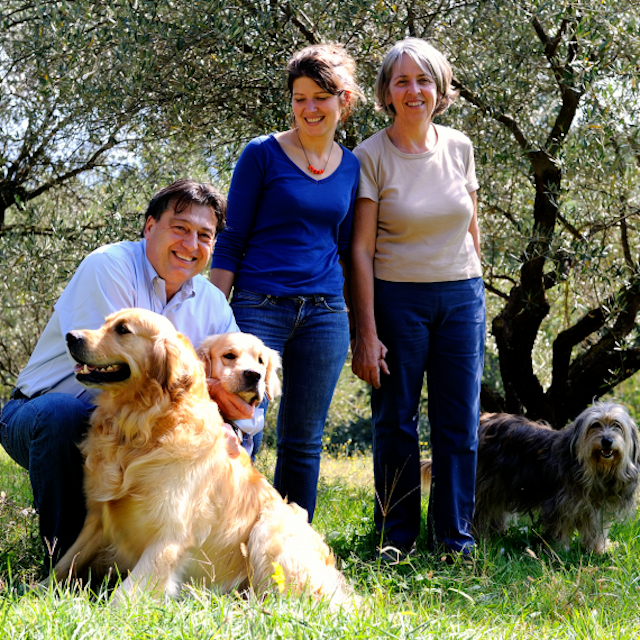
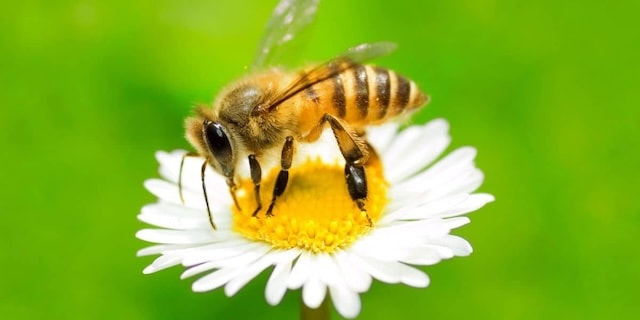
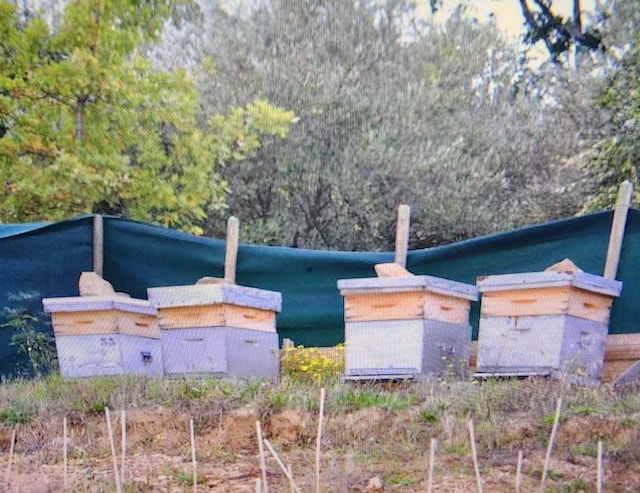
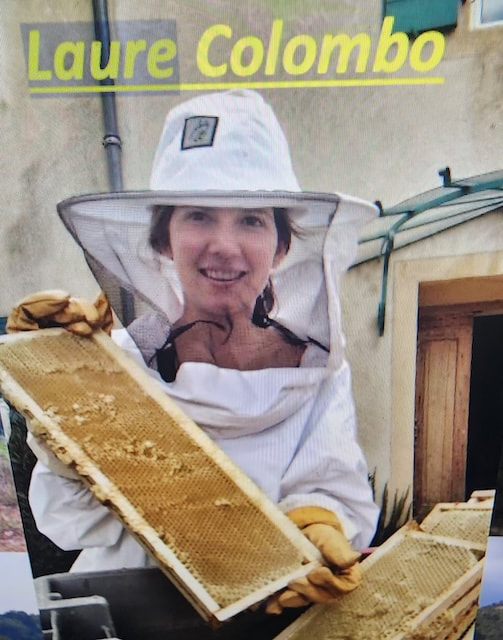
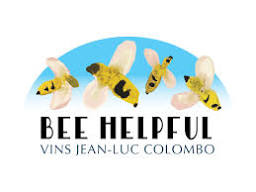
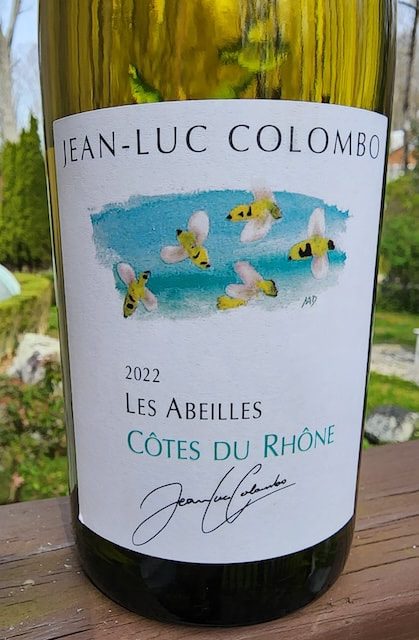
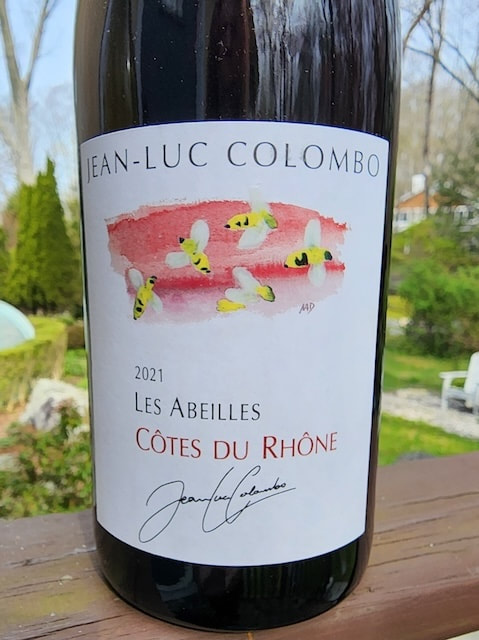
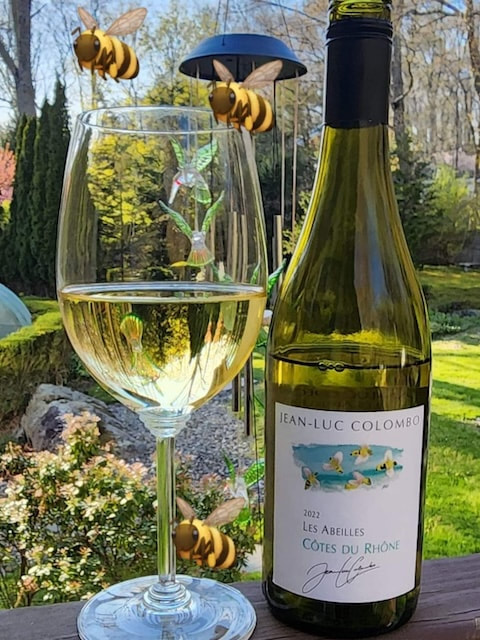
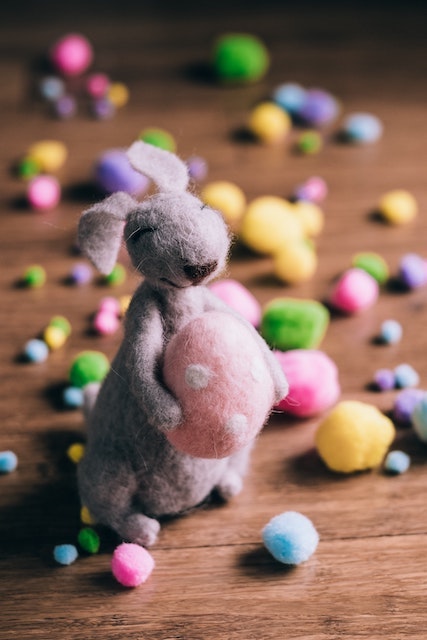
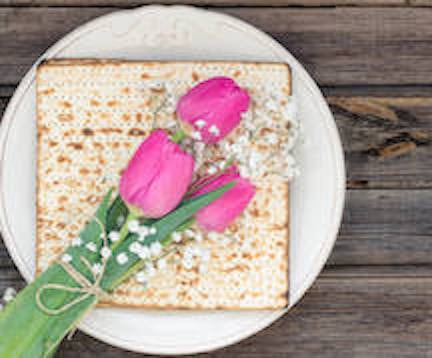
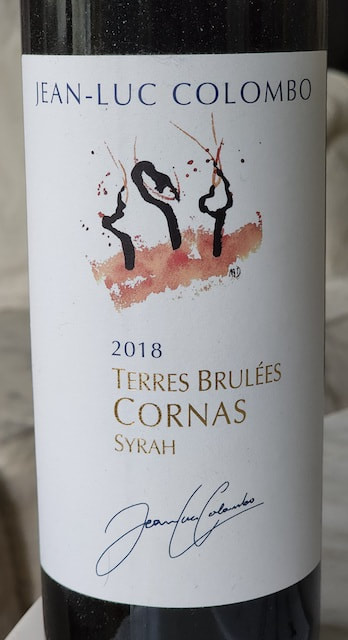
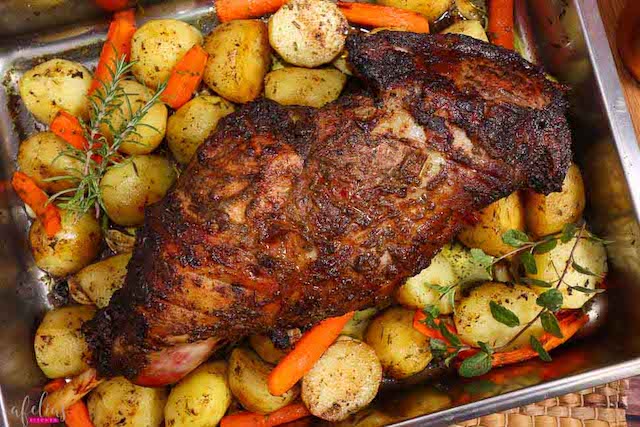
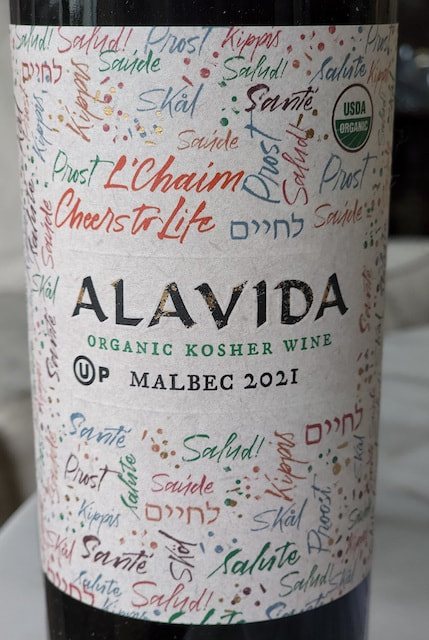
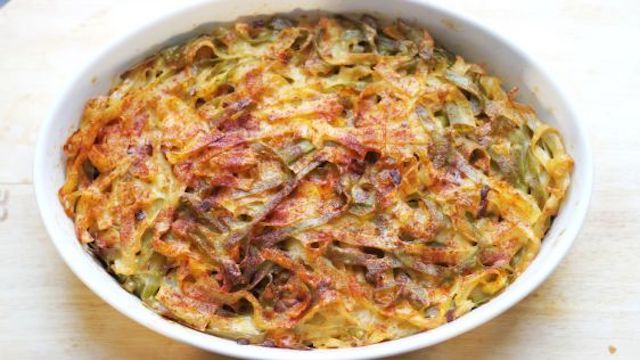
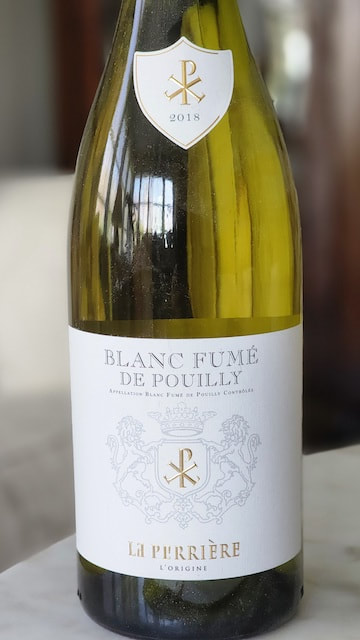
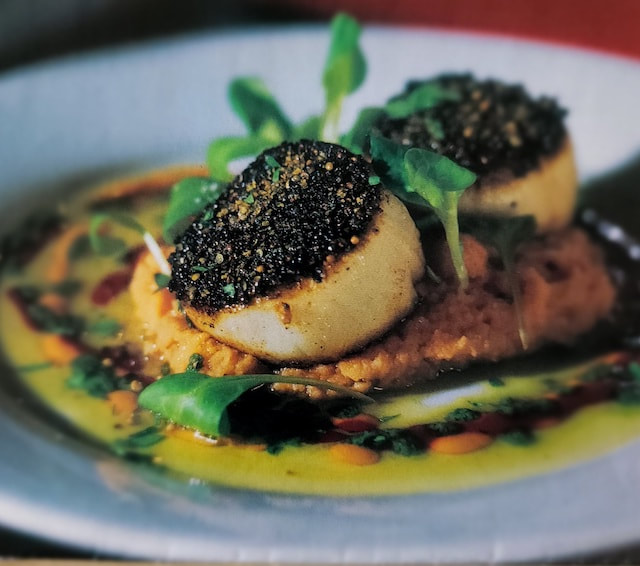
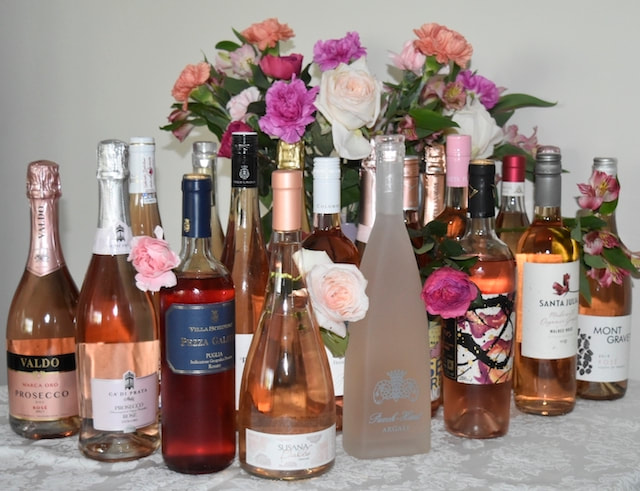
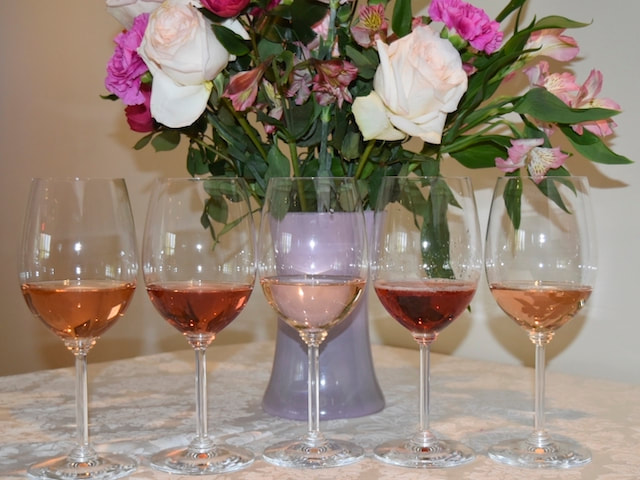
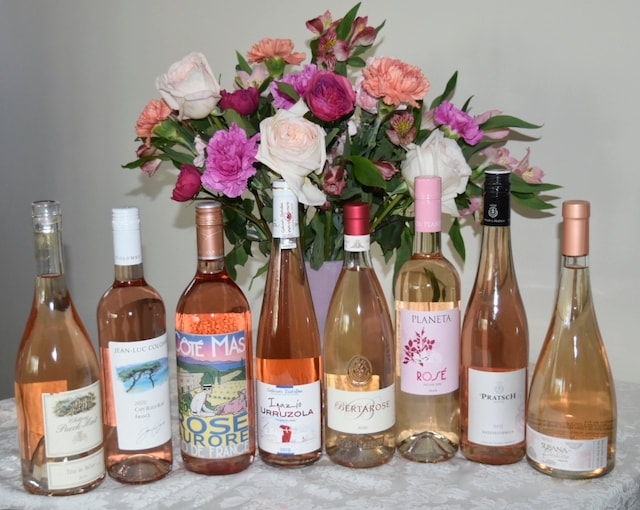
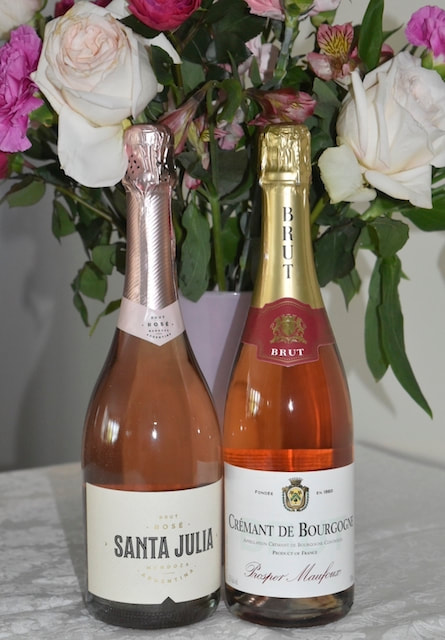
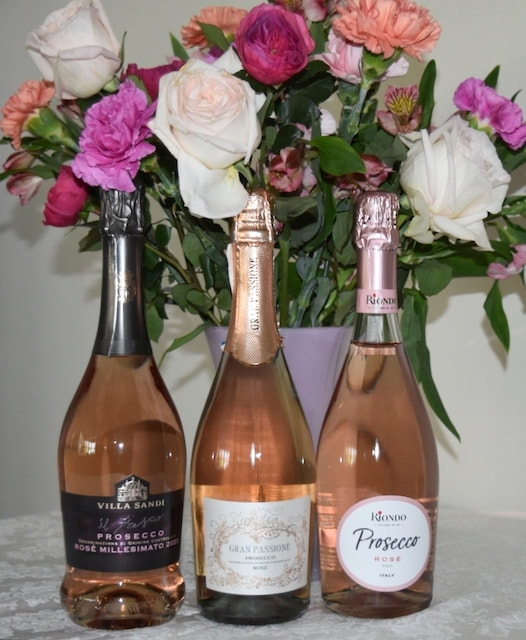
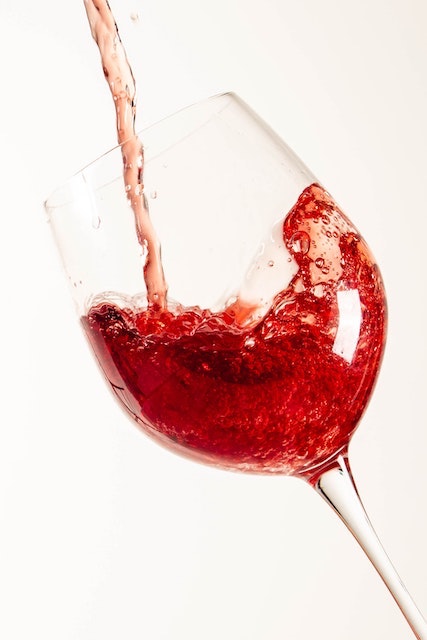
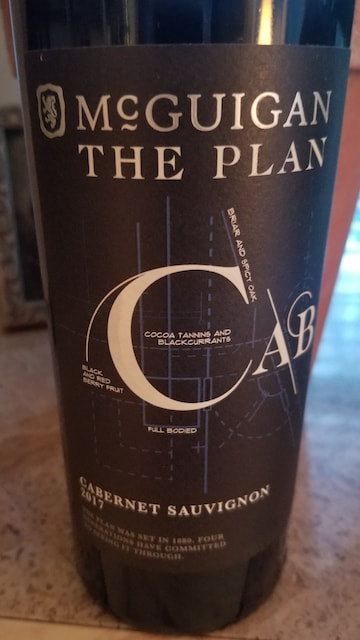
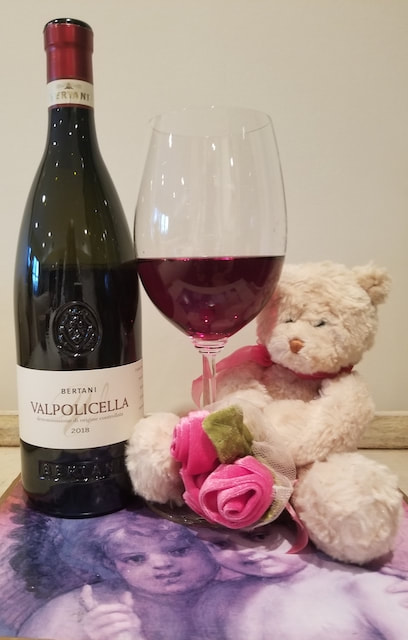
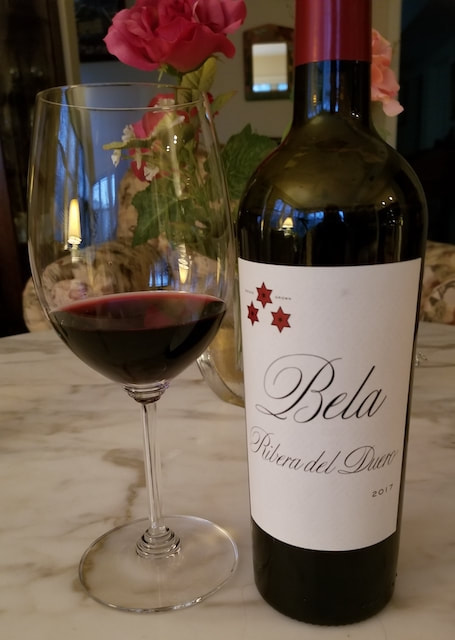
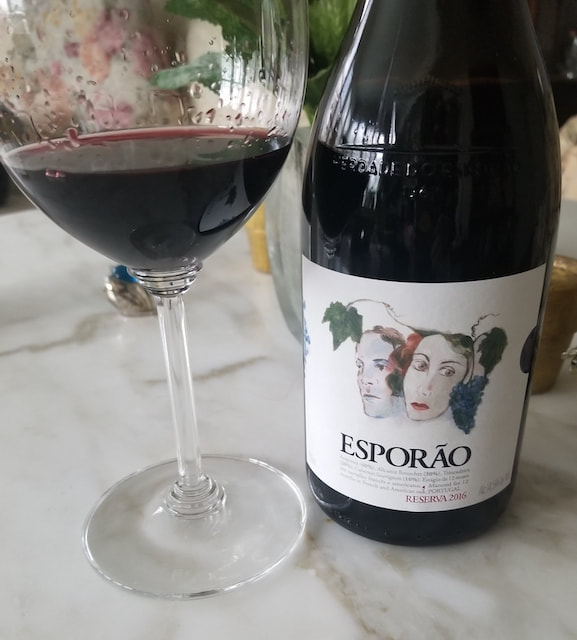
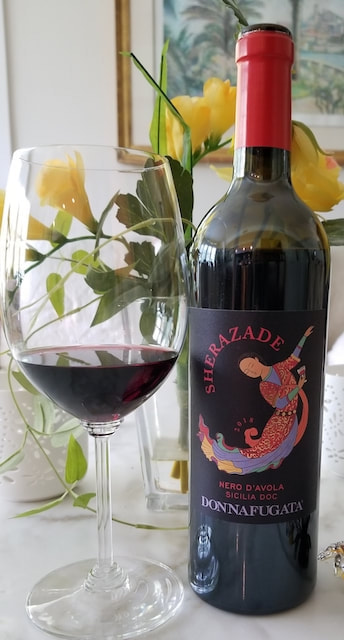
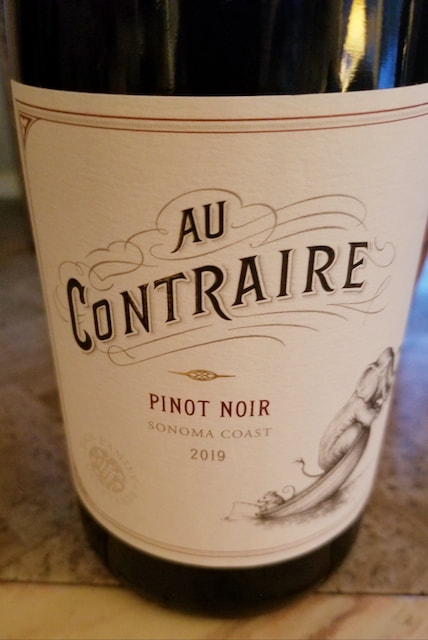
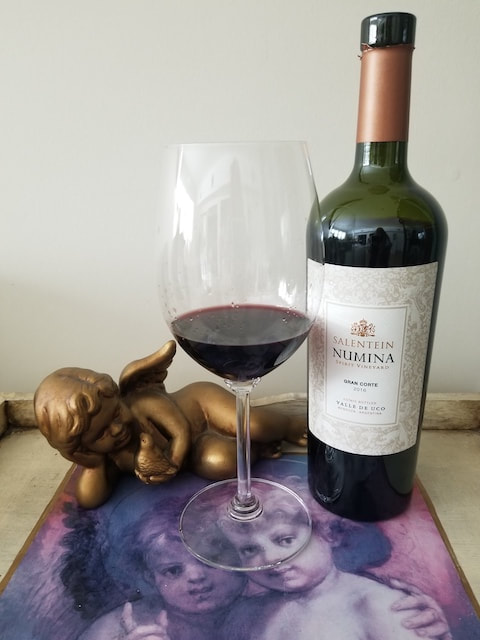
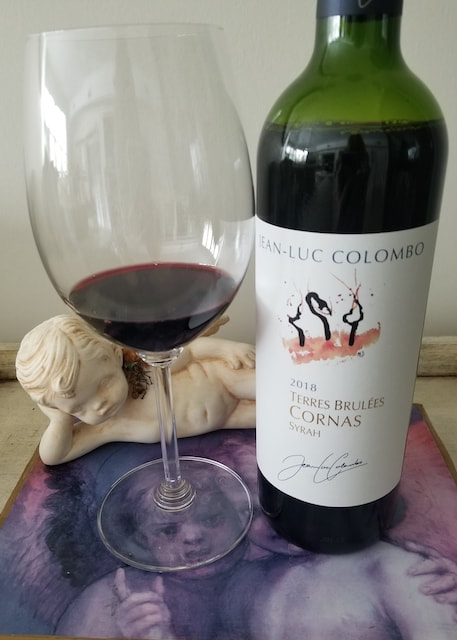
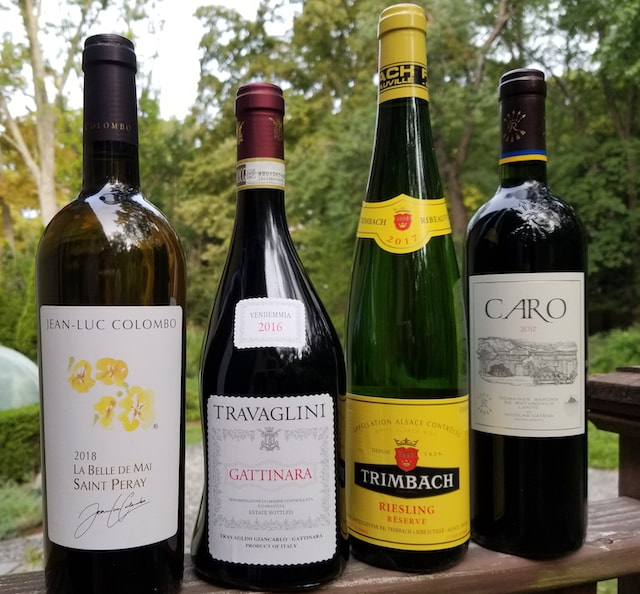
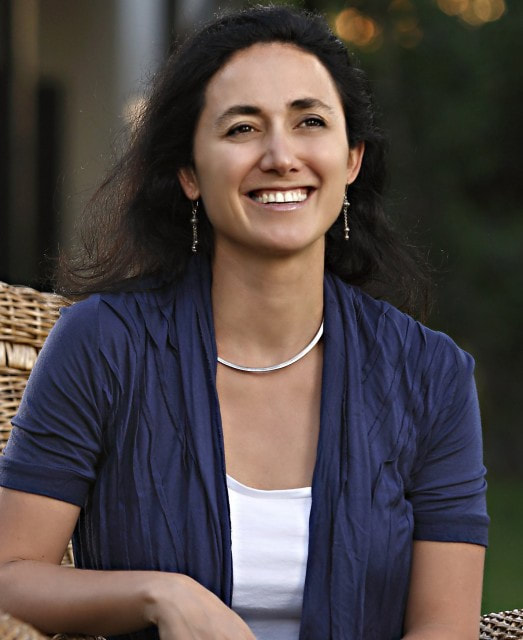
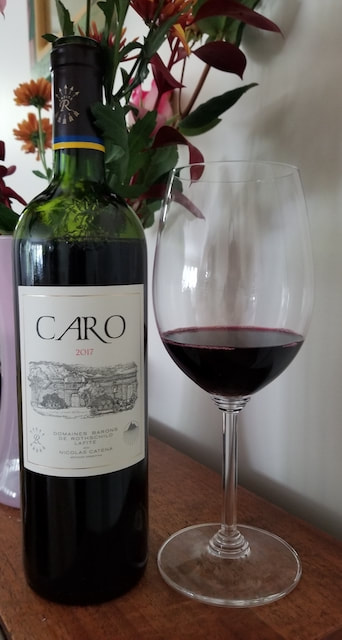
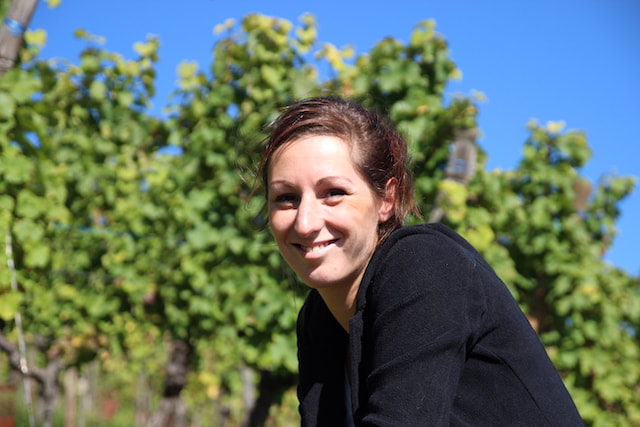
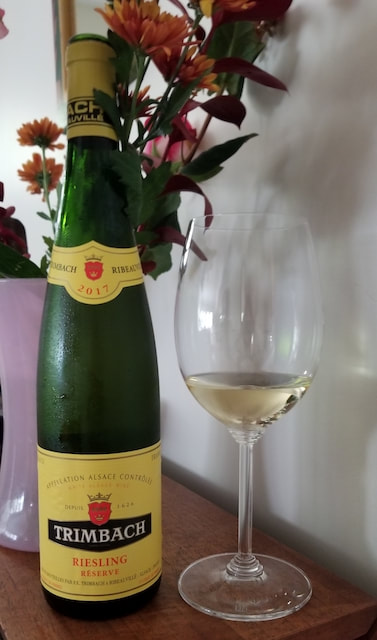
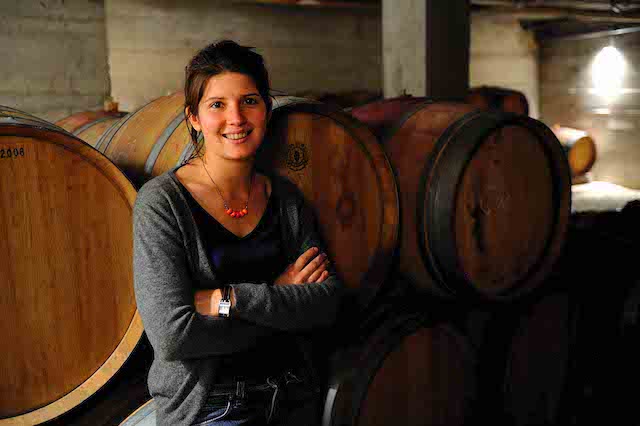
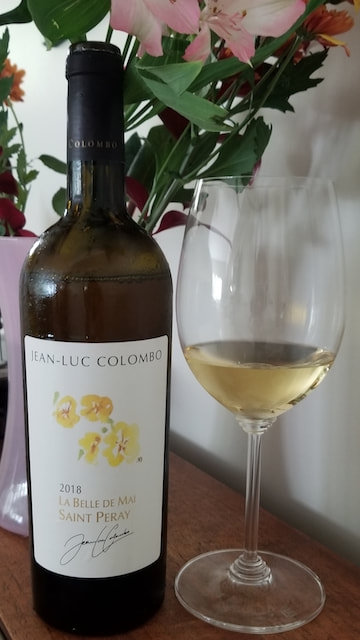
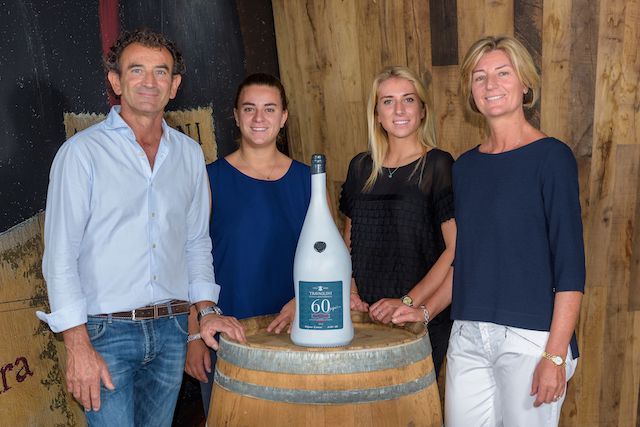
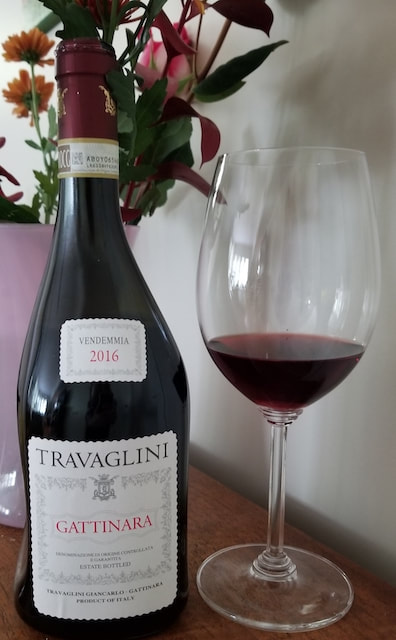
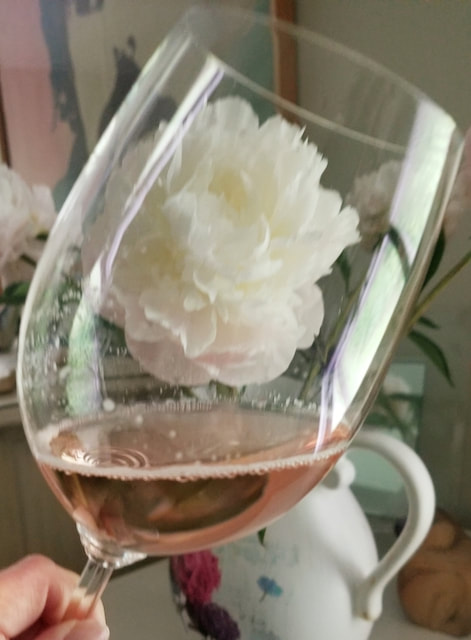
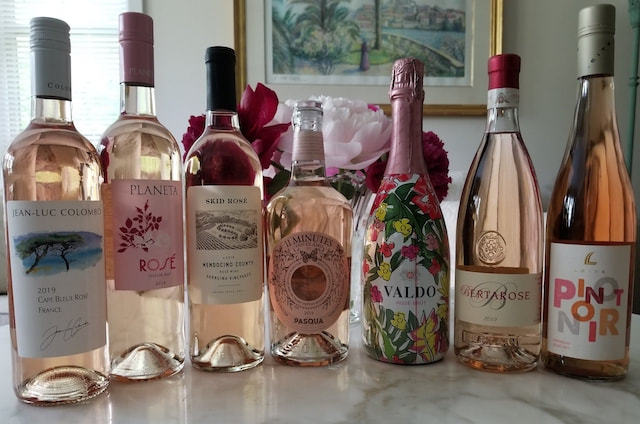
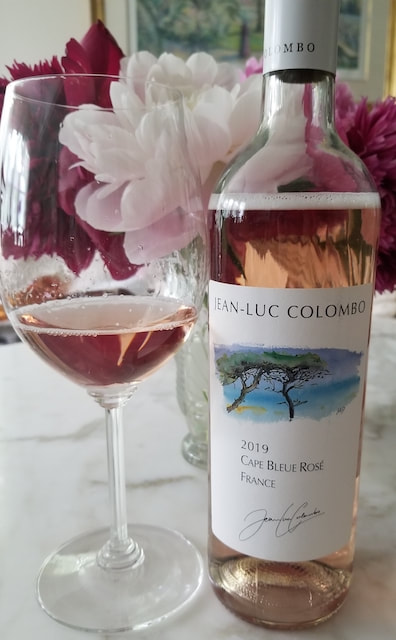
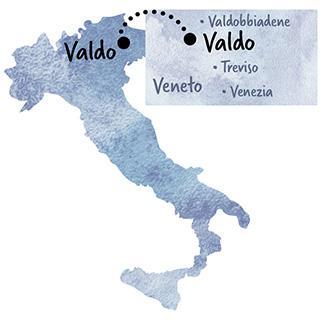
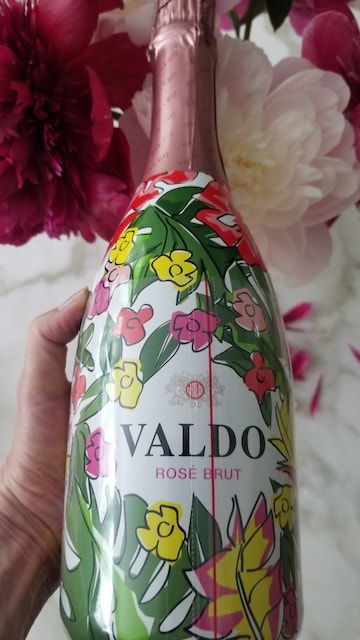
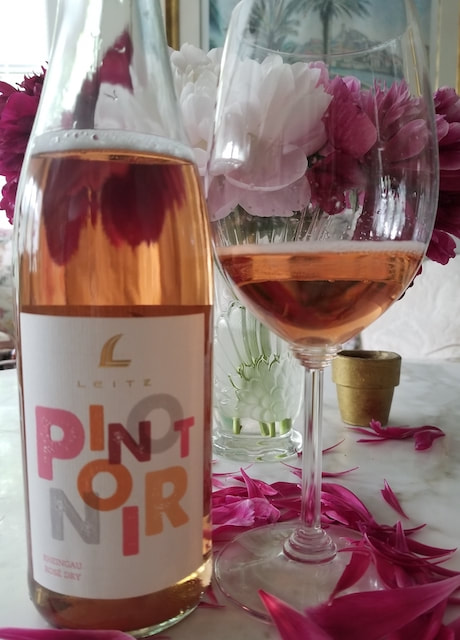
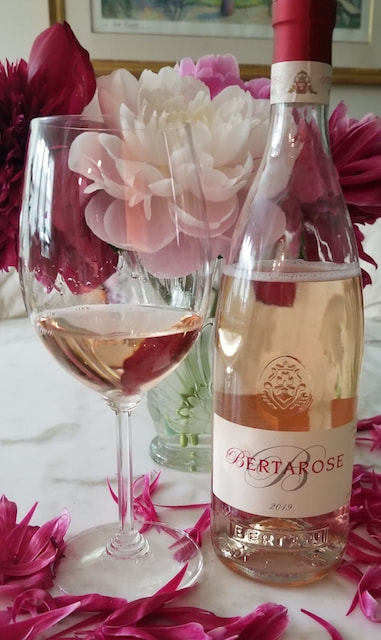
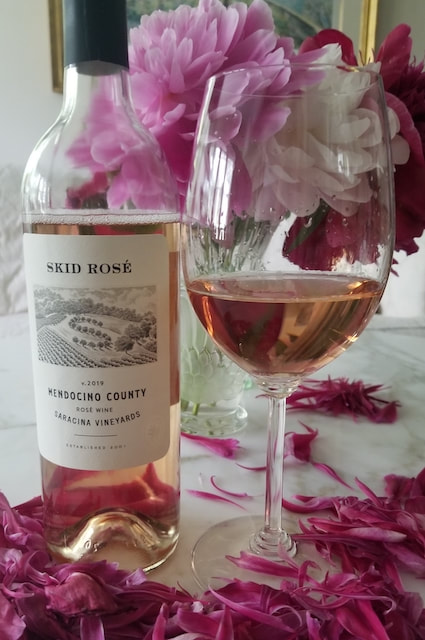
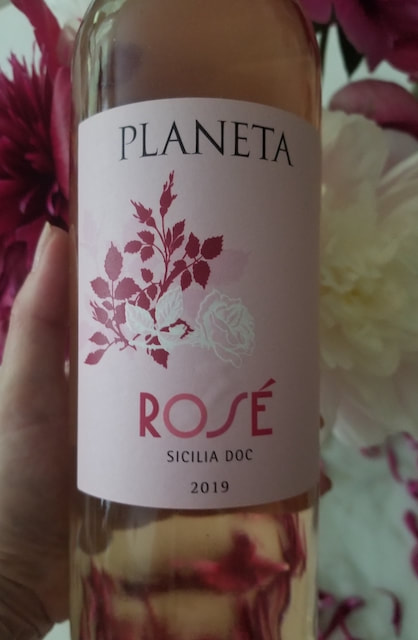
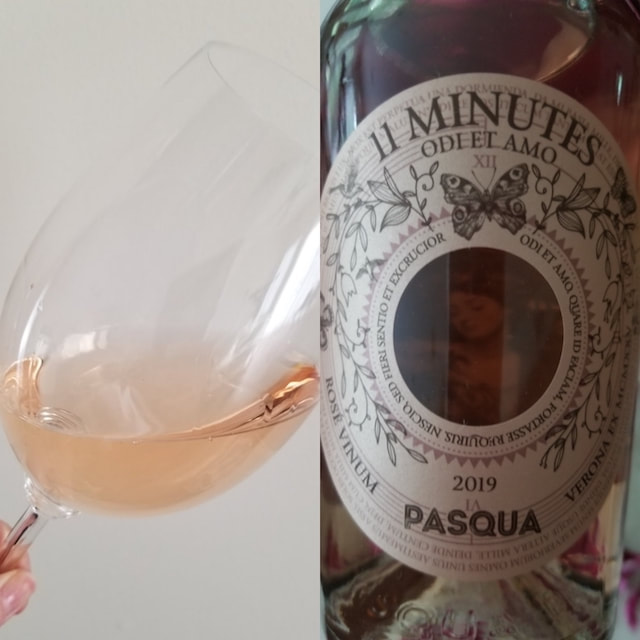
 RSS Feed
RSS Feed